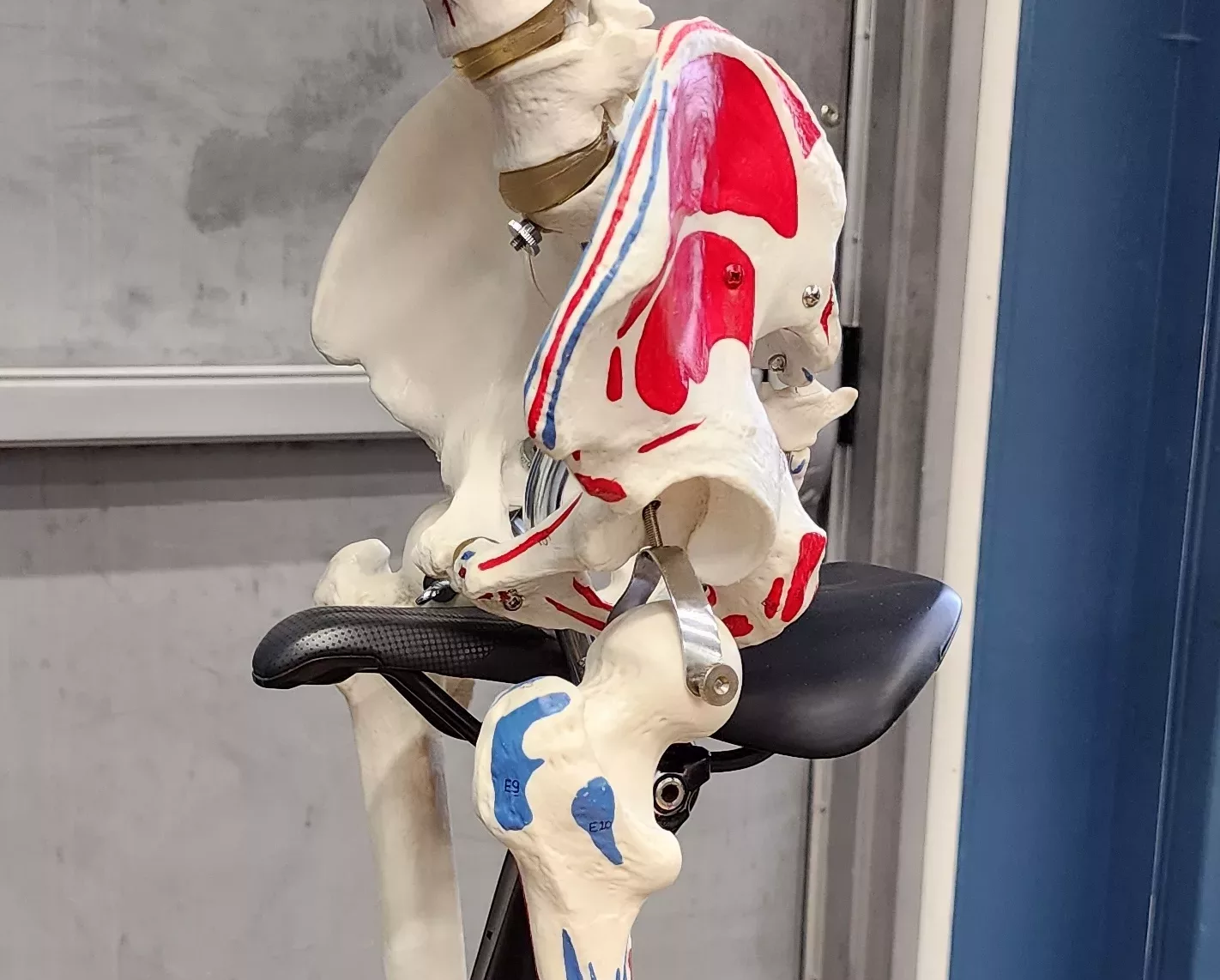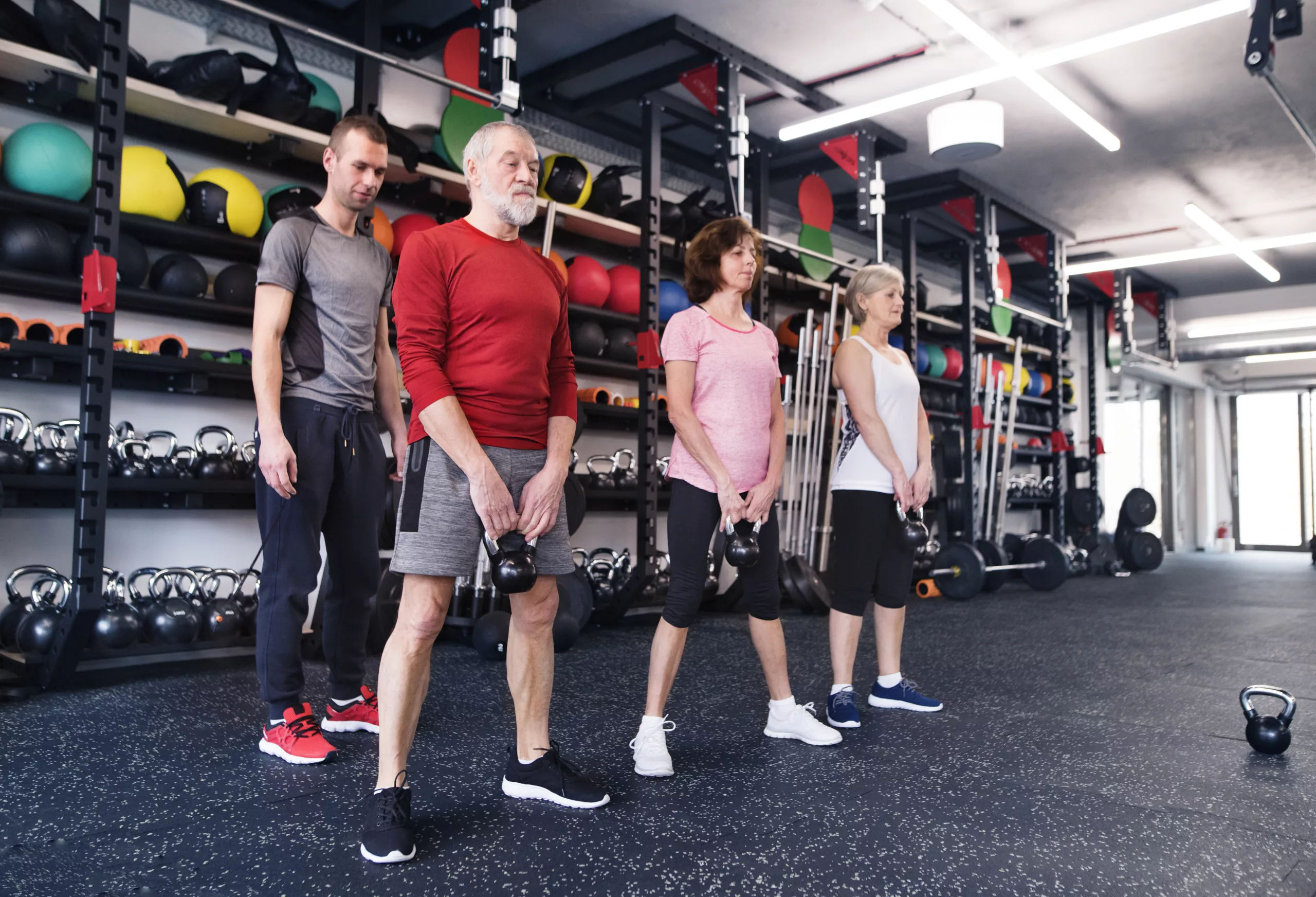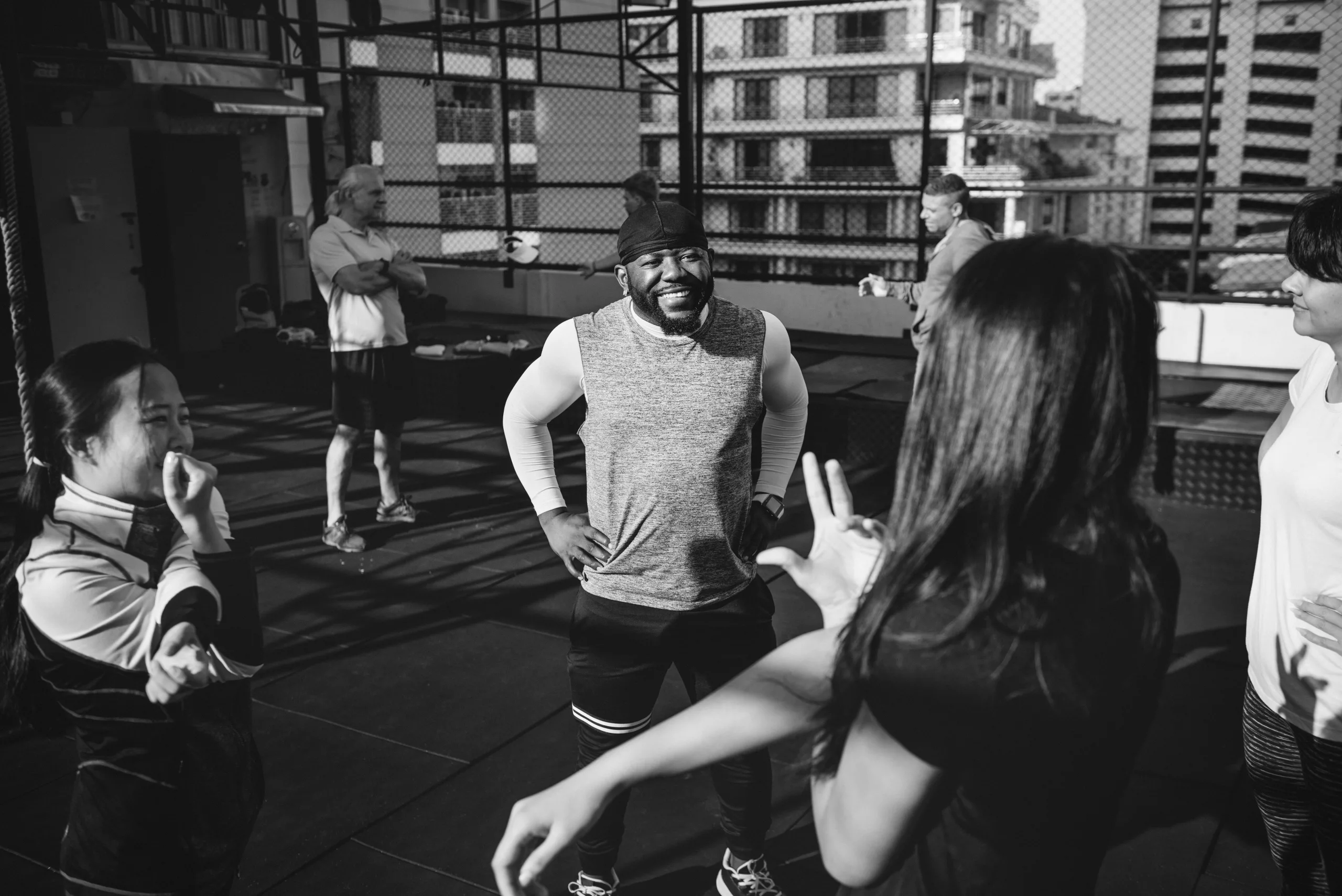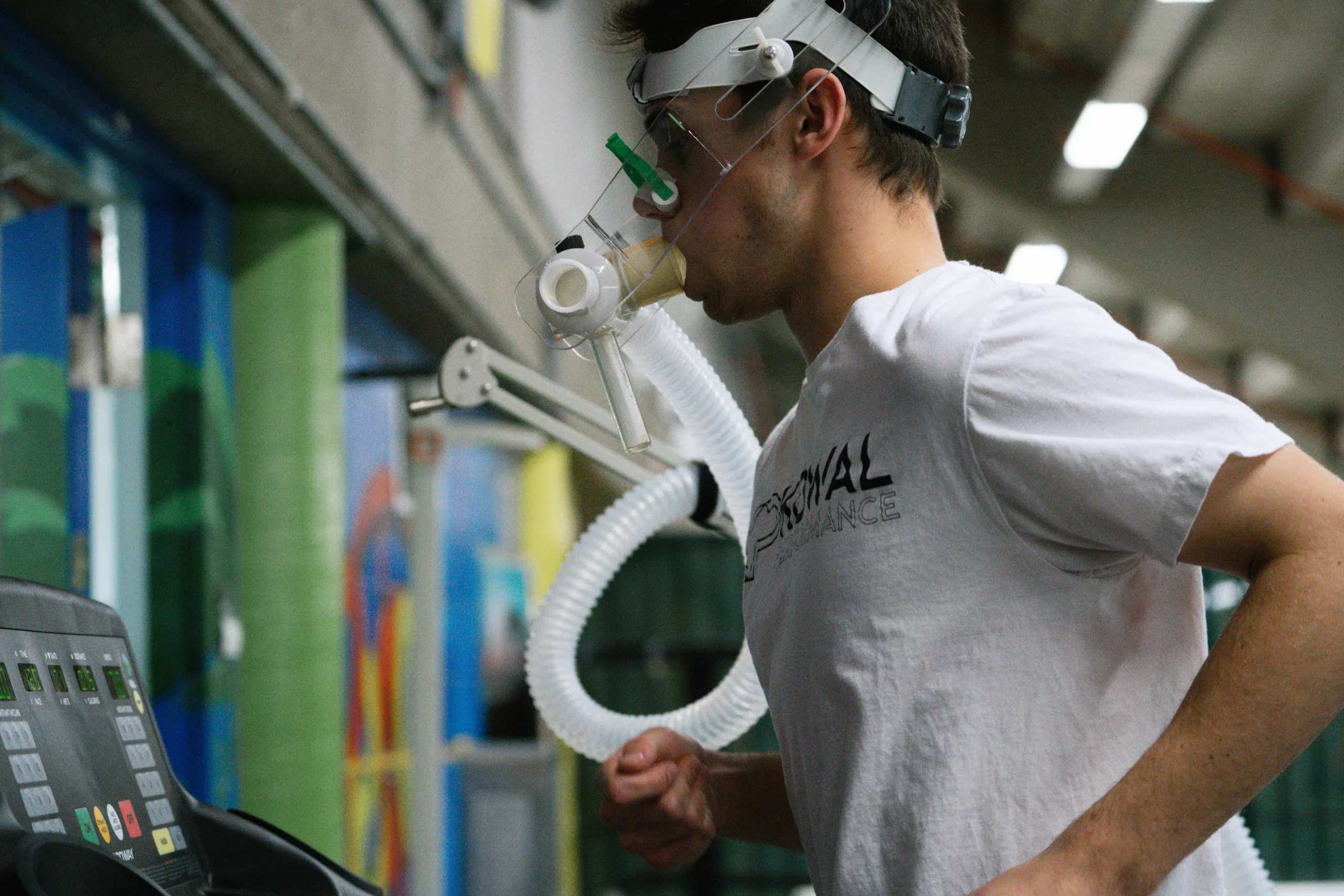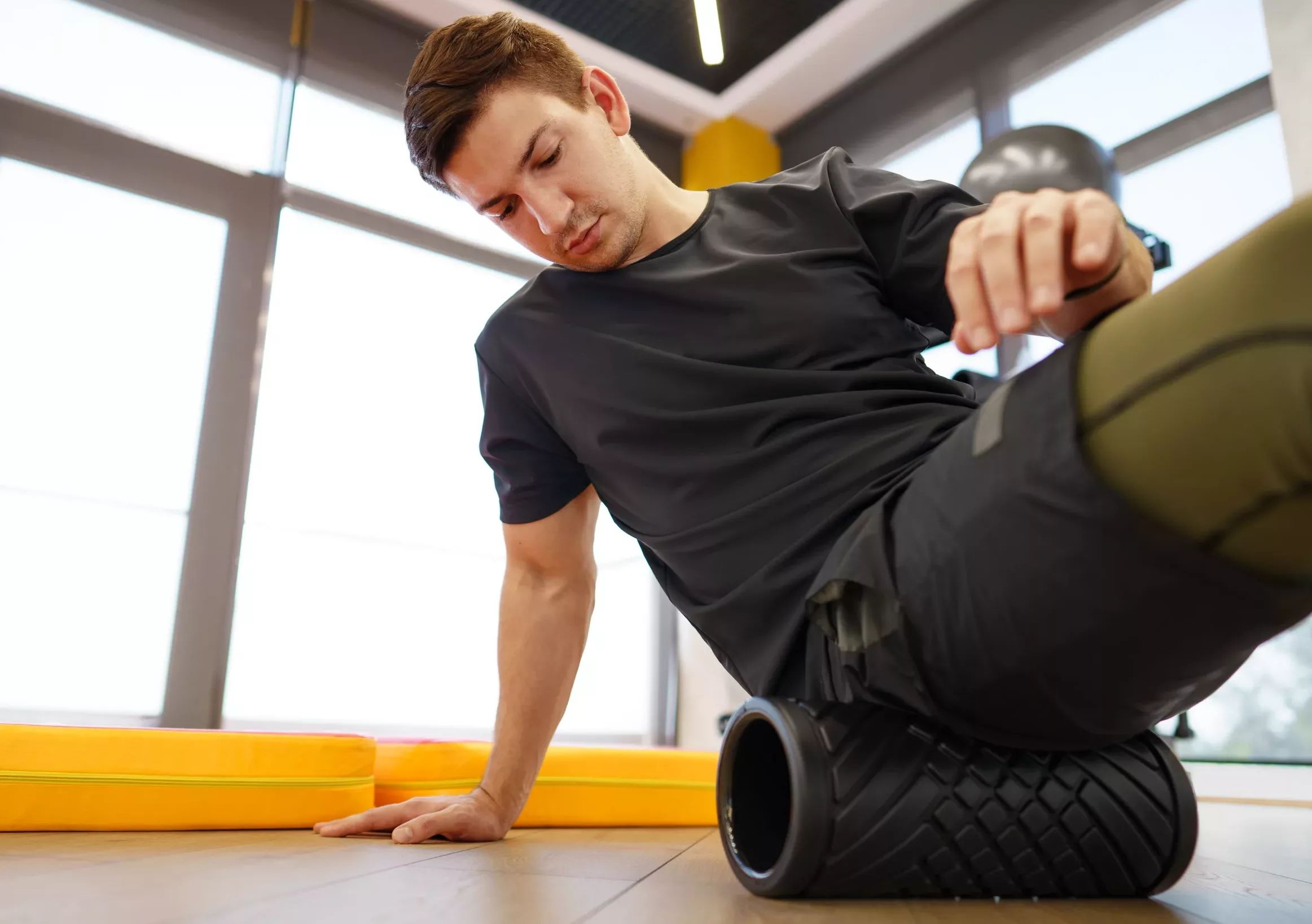Hypermobility: What It Means and How to Address It
Have you ever been told you’re ‘double-jointed’ and wondered what that really means? This excessive range of motion at a joint, known as hypermobility, might be more than just a party trick—it can impact how your body moves and feels.Understanding HypermobilityHypermobility refers to the ability of a joint to move beyond its normal physiological range, either actively or passively (Castori et al., 2017). It is more of a descriptive term rather than a standalone diagnosis and is often a symptom of a broader condition (Castori et al., 2017).When hypermobility—whether localised to one joint or generalised across multiple joints—is accompanied by
Saddle Tilt and Back Pain: Enhance Your Bike Fit for Comfort
Lower back pain is a common complaint I see when doing bike fittings for clients. While various factors can contribute to back pain, a sub-optimal saddle tilt is often one of the causes. A proper saddle tilt is an important part of maintaining a good lumbar spine position and letting you ride with comfort for longer rides. Let's dive into how saddle tilt affects your lower back and how to achieve the best position for a pain-free riding.Understanding the Impact of Saddle TiltWhen riding a road bike, the rider's torso must be inclined to reach the handlebars. Ideally, this motion
Rethinking Squat Mechanics: could squatting with “knees-in” provide some benefit?
Squatting is a complex exercise involving multiple joints and muscle groups. Historically, the focus of this exercise’s research has been predominantly on how far your knees travel over your toes or how deep you should go. However, movement in other directions are equally important to consider for optimizing squat technique and minimizing injury risk. Conventional wisdom often warns against squatting with knee valgus, defined as internal rotation of the femur about a fixed tibia, causing the knee to drift inwards and rotate externally relative to the femur (Neumann & Kelly, 2010). This position is generally avoided due its association with increased
Unlocking Longevity Through VO2max: Essential Insights for Fitness Beginners
In the quest for a healthier, longer life, the significance of VO2max (link VO2max Blog) — the pinnacle measure of our body's ability to utilize oxygen during exercise — emerges as a pivotal indicator. Notably, in the critical period of midlife, evidence points to a direct correlation between VO2max levels and life expectancy, underscoring its value beyond a mere fitness metric to a crucial biomarker of longevity.VO2max and Its Role in Extending LifeResearch illuminates the stark impact of VO2max on longevity. Individuals whose VO2max levels are in the top five percent for their age group enjoy close to five additional
Muscle Strength: Increase Life Longevity with Strength Training
Increasing muscle strength can increase your life's longevity. In the pursuit of a longer, healthier life, focus often falls on increased physical activity and maintaining a wholesome lifestyle. While these are undoubtedly vital aspects, recent research illuminates a crucially overlooked factor: muscular strength. Muscle strength is distinct from muscle mass, and independent of cardiovascular health. The strength of your muscles plays a significant role in influencing your risk of mortality.Muscle Strength vs Muscle MassMuscle strength refers to the maximum force generation capabilities of a muscle or muscle group. It typically expressed as a 1 repetition maximum. In other words, muscle
Split Squats (Lunges): Effect of Step Length and Angles
Split squats are a versatile lower body exercise that is a staple in many strength and conditioning programs. Biomechanical variables such as your stance, knee position, and torso position affect split squats and the muscles they target. Today, we will explore the effects of these variables and how to optimize the exercise to target muscles such as the: glutes and hamstrings, quadriceps, and calf muscles.What Are Split Squats (Lunges)The split squat is a static movement that involves the split-stance position. The split-stance position involves the legs shoulder width apart with one heel-raised foot stepped back along with the upper body
Staying Motivated: Using Goal Setting and Social Supports
Beginning a fitness journey can be both exhilarating and demanding, particularly for those new to exercise. Motivation and consistency form the cornerstone of sustained success in any fitness routine. Setting goals and leveraging social support can influence motivation to exercise, and there are techniques available to enhance motivation. This post dives into research-supported methods to maintain your commitment to your exercise goals, ensuring you not only embark on an exercise program, but also maintain adherence in the long run.Intrinsic vs. Extrinsic MotivationSome of the factors that can affect the motivation to stick to goals and achieve them are intrinsic and
A Beginner’s Guide to Training Zones (VO2 Max) and Thresholds
Diving into fitness introduces a world rich with specialized terms like "Lactate Threshold", "Ventilatory Threshold", and "VO2 max". Understanding these concepts is pivotal for devising an effective workout plan that adapts to your training zones. It is also important for cardio training. This post aims to simplify these terms for fitness enthusiasts at all levels.Thresholds and Their ImportanceThresholds indicate how your body responds to various exercise intensities, guiding you to optimize your training for maximum efficiency without risking overtraining. At the core of tailored endurance training plans are training zones, determined by key physiological marker thresholds: Lactate Threshold (LT) and
Exercise and Mental Wellness: Understanding the Connection
The relationship between physical exercise and mental well-being is profound, yet often overlooked. Exercise is a powerful tool that offers significant benefits for mental health, transcending mere physical improvements. This post delves into how regular physical activity can be a key component in enhancing mental health, providing insights that are valuable for anyone looking to improve their mental health through exercise.The Broad Spectrum of Exercise's Mental Health BenefitsExercise's impact on mental health is comprehensive and multifaceted. Regular physical activity has been shown to bring about significant improvements in mood, self-esteem, and self-efficacy, as well as reductions in symptoms of insomnia,
Navigating Through Delayed Onset Muscle Soreness: Insights and Interventions
What is DOMS?Delayed Onset Muscle Soreness (DOMS) is characterized as a low-grade muscle injury, causing tenderness to touch or movement and overall stiffness. It typically occurs when individuals engage in exercises that are new or particularly intense, especially if the muscle is unaccustomed to the activity. This is commonly seen with exercises involving heavy eccentric movements, where your muscles lengthen under tension, like a steep downhill hike causing quad soreness. Symptoms usually worsen during the first 24 hours post-exercise and peak between 24 to 72 hours afterward (Connolly et al., 2003).What Happens at the Muscle Level During DOMS?DOMS involves mechanical

